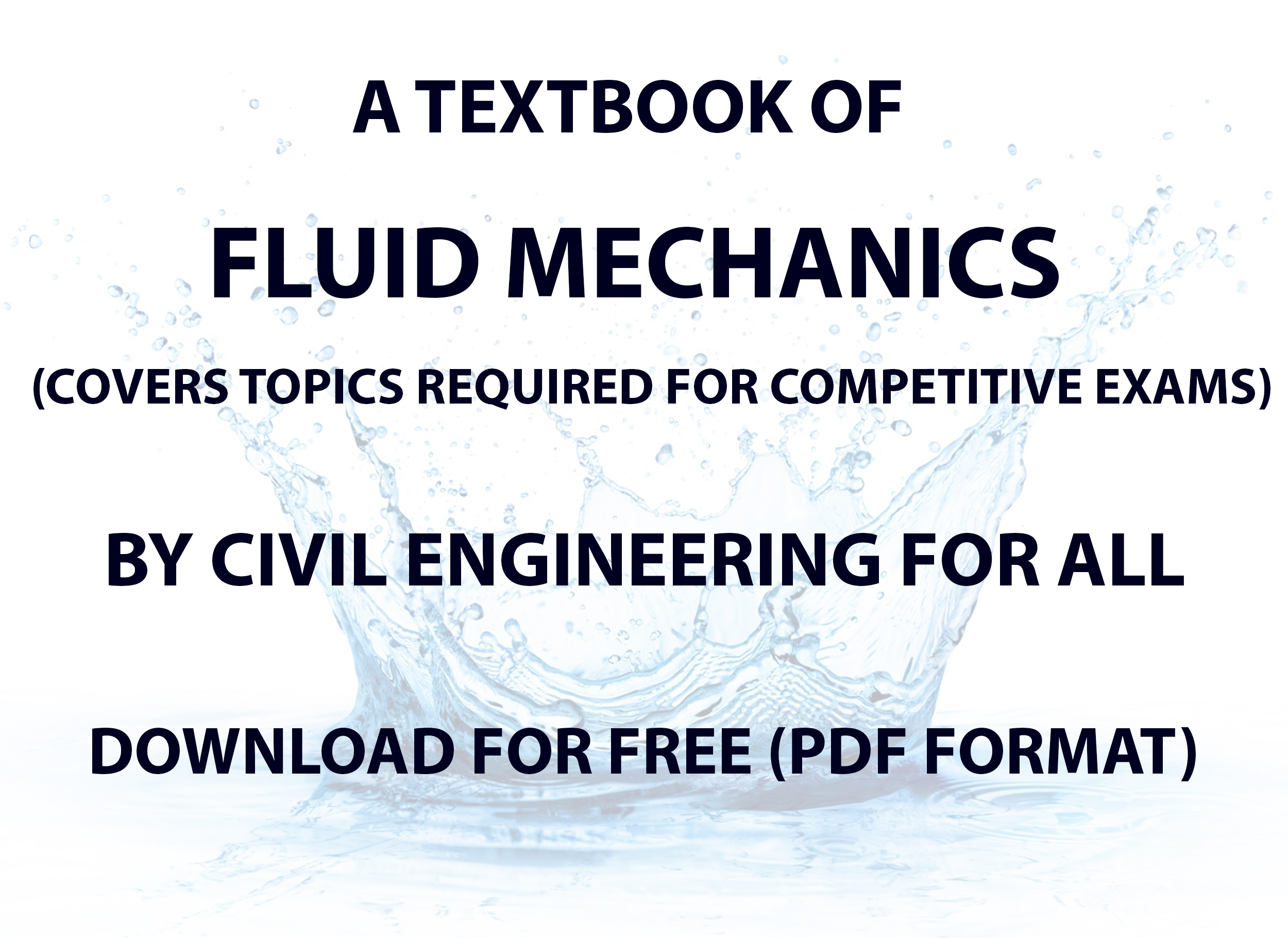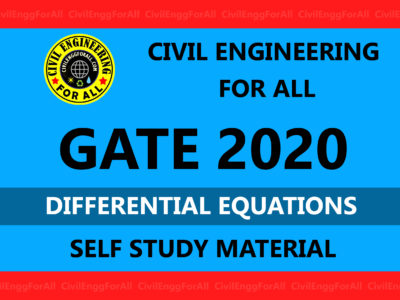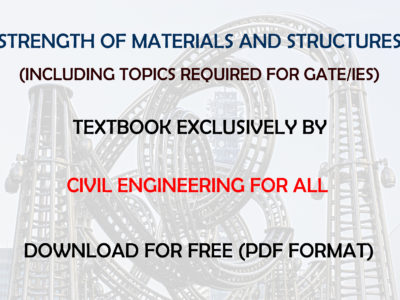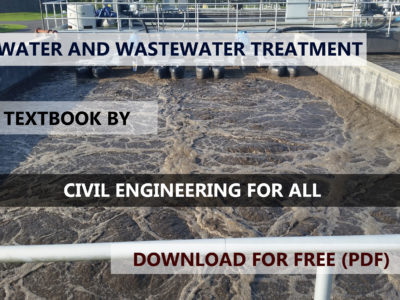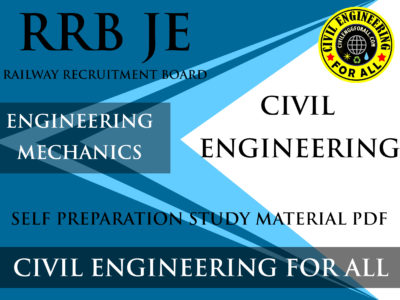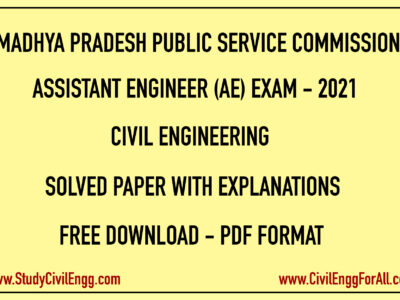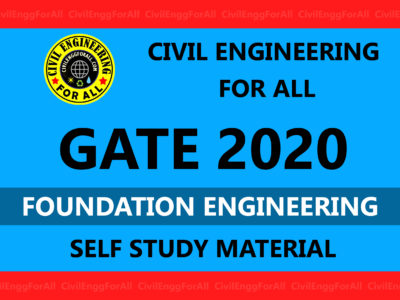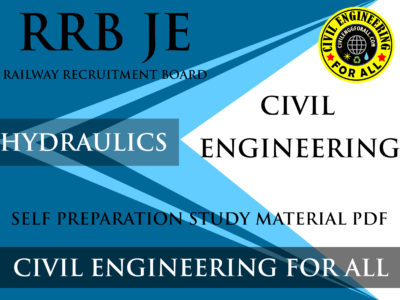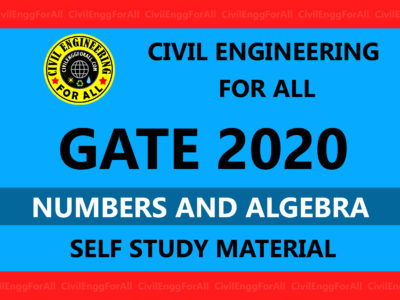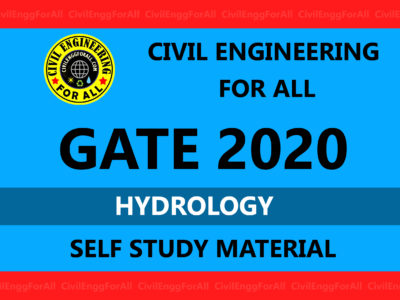
TOPICS COVERED
- INTRODUCTION TO FLUID MECHANICS
- UNITS OF MEASUREMENT
- SOLIDS, LIQUIDS AND GASES
- CONTINUUM HYPOTHESIS’
- SURFACE TENSION
- FLUID STATICS
- CLASSIC THERMODYNAMICS
- PERFECT GAS
- STATIC EQUILIBRIUM OF A COMPRESSIBLE MEDIUM
- CARTESIAN TENSORS
- SCALARS AND VECTORS
- ROTATION OF AXES
- MULTIPLICATION OF MATRICES
- SECOND-ORDER TENSOR
- CONTRACTION AND MULTIPLICATION
- FORCE ON A SURFACE
- KRONECKER DELTA AND ALTERNATING TENSOR
- DOT PRODUCT
- CROSS PRODUCT
- OPERATOR V : GRADIENT, DIVERGENCE AND CURL
- SYMMETRIC AND ANTISYMMETRIC TENSORS
- EIGENVALUES AND EIGENVECTORS OF A SYMMETRIC TENSOR
- GAUSS THEOREM
- STOKES THEOREM
- COMMA NOTATION
- BOLDFACE VS INDICIAL NOTATION
- INTRODUCTION TO KINEMATICS
- LAGRANGIAN AND EULERIAN SPECIFICATIONS
- EULERIAN AND LAGRANGIAN DESCRIPTION
- STREAMLINE, PATHLINE AND STREAKLINE
- REFERENCE FRAME AND STREAMLINE PATTERN
- LINEAR STRAIN RATE
- SHEAR STRAIN RATE
- VORTICITY AND CIRCULATION
- RELATIVE MOTION NEAR A POINT
- KINEMATIC CONSIDERATION OF PARALLEL SHEAR FLOWS
- KINEMATIC CONSIDERATION OF VORTEX FLOWS
- ONE, TWO, THREE DIMENSIONAL FLOWS
- THE STREAMFUNCTION
- POLAR COORDINATES
- INTRODUCTION TO CONSERVATION LAWS
- TIME DERIVATIVES OF VOLUME INTEGRALS
- CONSERVATION OF MASS
- GENERALIZED AND REVISITED STREAMFUNCTIONS
- ORIGIN OF FORCES IN FLUID
- STRESS AT A POINT
- CONSERVATION OF MOMENTUM
- MOMENTUM PRINCIPLE FOR A FIXED VOLUME
- ANGULAR MOMENTUM PRINCIPLE FOR A FIXED VOLUME
- CONSTITUTIVE EQUATION FOR NEWTONIAN FLUID
- NAVIER-STOKES EQUATION
- ROTATING FRAME
- MECHANICAL ENERGY EQUATION
- FIRST LAW OF THERMODYNAMICS
- SECOND LAW OF THERMODYNAMICS
- BERNOULLI EQUATION
- APPLICATIONS OF BERNOULLI’S EQUATION
- BOUSSINESQ APPROXIMATION
- BOUNDARY CONDITIONS
- INTRODUCTION TO VORTICITY DYNAMICS
- VORTEX LINES AND VORTEX TUBES
- ROLE OF VISCOSITY IN ROTATIONAL AND IRROTATIONAL VORTICES
- KELVIN’S CIRCULATION THEOREM
- VORTICITY EQUATION IN A NONROTATING FRAME
- VELOCITY INDUCED BY A VORTEX FILAMENT
- VORTICITY EQUATION IN A ROTATING FRAME
- INTERACTION OF VORTICES
- VORTEX SHEET
- IRROTATIONAL FLOW
- RELEVANCE OF IRROTATIONAL FLOW THEORY
- VELOCITY POTENTIAL
- LAPLACE EQUATION
- APPLICATION OF COMPLEX VARIABLES
- FLOW AT A WALL ANGLE
- SOURCES AND SINKS
- IRROTATIONAL VORTEX
- DOUBLET
- FLOW PAST A HALF BODY
- FLOW PAST A CIRCULAR CYLINDER WITHOUT AND WITH CIRCULATION
- FORCES ON A TWO DIMENSIONAL BODY
- CONFORMAL MAPPING
- GRAVITY WAVES
- WAVE EQUATION
- INFLUENCE OF SURFACE TENSION
- SURFACE GRAVITY WAVES
- HYDRAULIC JUMP
- STOKES DRIFT
- DYNAMIC SIMILARITY
- BUCKINGHAM’S PIE THEOREM
- LAMINAR FLOW
- STEADY FLOW IN A PIPE
- PRESSURE CHANGES
- IMPULSIVELY STARTED PLATE
- DIFFUSION OF VORTEX SHEET
- CREEPING FLOW AROUND A SPHERE
- BOUNDARY LAYERS AND RELATED TOPICS
- BOUNDARY LAYER APPROXIMATION
- SEPARATION
- TWO DIMENSIONAL JETS
- EFFECT OF PRESSURE GRADIENT
- PERTURBATION TECHNIQUES
- COMPUTATIONAL FLUID DYNAMICS
- INSTABILITY
- TURBULENCE
- GEOPHYSICAL FLUID DYNAMICS
- WAVES AND INSTABILITY
- AERODYNAMICS AND RELATED CONCEPTS
- COMPRESSIBLE FLOW
- SONIC PROPERTIES
- MACH CONE
- BIOFLUID MECHANICS
Fluid Mechanics
Fluid mechanics deals with the flow of fluids. Its study is important to physicists, whose main interest is in understanding phenomena. They may, for example, be interested in learning what causes the various types of wave phenomena in the atmosphere and in the ocean, why a layer of fluid heated from below breaks up into cellular patterns, why a tennis ball hit with “top spin” dips rather sharply, how fish swim, and how birds fly.
FLUID MECHANICS ACE GATE STUDY MATERIAL : CLICK HERE
The study of fluid mechanics is just as important to engineers, whose main interest is in the applications of fluid mechanics to solve industrial problems. Aerospace engineers may be interested in designing airplanes that have low resistance and, at the same time, high “lift” force to support the weight of the plane. Civil engineers may be interested in designing irrigation canals, dams, and water supply systems. Pollution control engineers may be interested in saving our planet from the constant dumping of industrial sewage into the atmosphere and the ocean. Mechanical engineers may be interested in designing turbines, heat exchangers, and fluid couplings. Chemical engineers may be interested in designing efficient devices to mix industrial chemicals.

The objectives of physicists and engineers, however, are not quite separable because the engineers need to understand and the physicists need to be motivated through applications. Fluid mechanics, like the study of any other branch of science, needs mathematical analyses as well as experimentation. The analytical approaches help in finding the solutions to certain idealized and simplified problems, and in understanding the unity behind apparently dissimilar phenomena. Needless to say, drastic simplifications are frequently necessary because of the complexity of real phenomena. A good understanding of mathematical techniques is definitely helpful here, although it is probably fair to say that some of the greatest theoretical contributions have come from the people who depended rather strongly on their unusual physical intuition, some sort of a “vision” by which they were able to distinguish between what is relevant and what is not.
FLUID MECHANICS MADE EASY GATE NOTES : CLICK HERE
Kinematics
Kinematics is the branch of mechanics that deals with quantities involving space and time only. It treats variables such as displacement, velocity, acceleration, deformation, and rotation of fluid elements without referring to the forces responsible for such a motion. Kinematics therefore essentially describes the “appearance” of a motion. The forces are considered when one deals with the dynamics of the motion.
FLUID MECHANICS IES MASTER GATE STUDY MATERIAL : CLICK HERE
One, Two and Three Dimensional Flows
A truly one-dimensional flow is one in which all flow characteristics vary in one direction only. Few real flows are strictly one dimensional. Consider the flow in a conduit. The flow characteristics here vary both along the direction of flow and over the cross section. However, for some purposes, the analysis can be simplified by assuming that the flow variables are uniform over the cross section. Such a simplification is called a one-dimensional approximation, and is satisfactory if one is interested in the overall effects at a cross section. A two-dimensional or plane flow is one in which the variation of flow characteristics occurs in two Cartesian directions only.
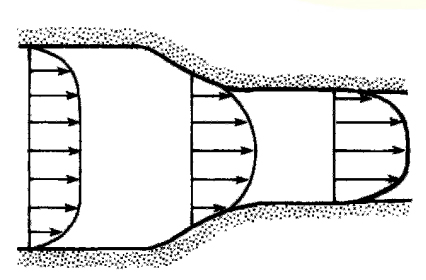

The flow past a cylinder of arbitrary cross section and infinite length is an example of plane flow. Note that in this context the word “cylinder” is used for describing any body whose shape is invariant along the length of the body. It can have an arbitrary cross section. A cylinder with a circular cross section is a special case. Sometimes, however, the word “cylinder” is used to describe circular cylinders only. Around bodies of revolution, the flow variables are identical in planes containing the axis of the body. Using cylindrical polar coordinates (R, ϕ, x), with x along the axis of the body, only two coordinates (R and x) are necessary to describe motion. The flow could therefore be called “two dimensional” (although not plane), but it is customary to describe such motions as three-dimensional axisymmetric flows
FLUID MECHANICS TEXTBOOK BY CIVILENGGFORALL
DOWNLOAD LINK : CLICK HERE
PASSWORD : CivilEnggForAll
OTHER USEFUL BOOKS
- RAJASTHAN STAFF SELECTION BOARD (RSSB) JUNIOR ENGINEER DIPLOMA CIVIL ENGINEERING EXAM 2022 – HINDI & ENGLISH MEDIUM SOLVED PAPER – FREE DOWNLOAD PDF (CivilEnggForAll.com)
- ISRO TECHNICAL ASSISTANT EXAM 2022 – CIVIL ENGINEERING – HINDI & ENGLISH MEDIUM – SOLVED PAPER – FREE DOWNLOAD PDF (CivilEnggForAll.com)
- MADHYA PRADESH PUBLIC SERVICE (MPPSC) COMMISSION – ASSISTANT ENGINEER EXAM – MPPSC AE 2021 CIVIL ENGINEERING – SOLVED PAPER WITH EXPLANATIONS – PDF FREE DOWNLOAD
- BIHAR PUBLIC SERVICE COMMISSION (BPSC) ASSISTANT ENGINEER EXAM – 2022 – CIVIL ENGINEERING – SOLVED PAPER – FREE DOWNLOAD PDF (CivilEnggForAll.com)
- ODISHA PUBLIC SERVICE COMMISSION – OPSC AEE PANCHAYATI RAJ EXAM 2021 – SOLVED PAPER WITH EXPLANATION – FREE DOWNLOAD PDF

